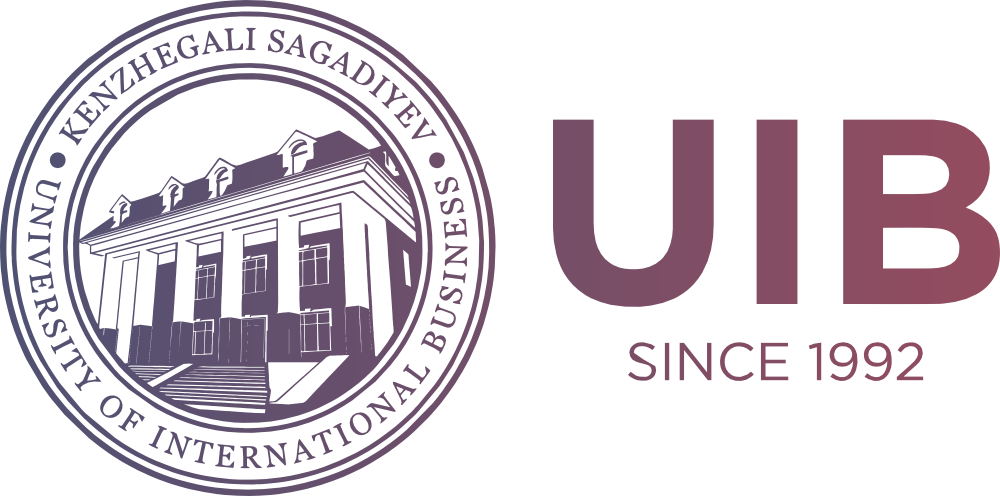Specifics of the Implementation of PPP Standards: Analysis of the State Audit on the Example of Foreign Practice
DOI:
https://doi.org/10.47703/ejebs.v3i67.251Keywords:
Assets, Public policy, Regional Assets, PPP, Political decisions, Efficiency, Subjects of public policyAbstract
The necessity to develop a state policy in the field of rational use of regional assets is due to the need to overcome the consequences of the economic crisis in the context of the introduction and development of effective application of international auditing standards in our country. This makes it possible to understand the requirements of the standards better, as well as accelerate their implementation into domestic audit practice. The study identifies the principles and strategic goals of public policy. In order to work successfully with the private sector, public authorities need to understand the fundamental principles and goals underlying PPPs clearly. Under PPP agreements, private sector contractors become long-term service providers rather than just initial developers of assets, combining the responsibilities of designing, creating, operating and possibly financing assets to provide services needed by the public sector. The article concludes that all the considered models of public policy development generally follow a common algorithm for making political decisions: interests - priorities - risks - goals - resources - decisions. Models define universal characteristics that are characteristic of policy-making processes. In conclusion, it is noted that in the process of developing and implementing state policy in the field of rational use of regional assets, it is necessary to take into account that its main role should not be in the distribution of income between regions but in creating conditions for involving regional assets in production processes through their rational use, in order to increase the economic activity of regions and the quality of life of their population.
Downloads
How to Cite
Downloads
Published
Issue
Section
License

This work is licensed under a Creative Commons Attribution 4.0 International License.
Authors retain copyright and grant the journal right of first publication with the work simultaneously licensed under a Creative Commons Attribution (CC-BY) 4.0 License that allows others to share the work with an acknowledgment of the work’s authorship and initial publication in this journal.


